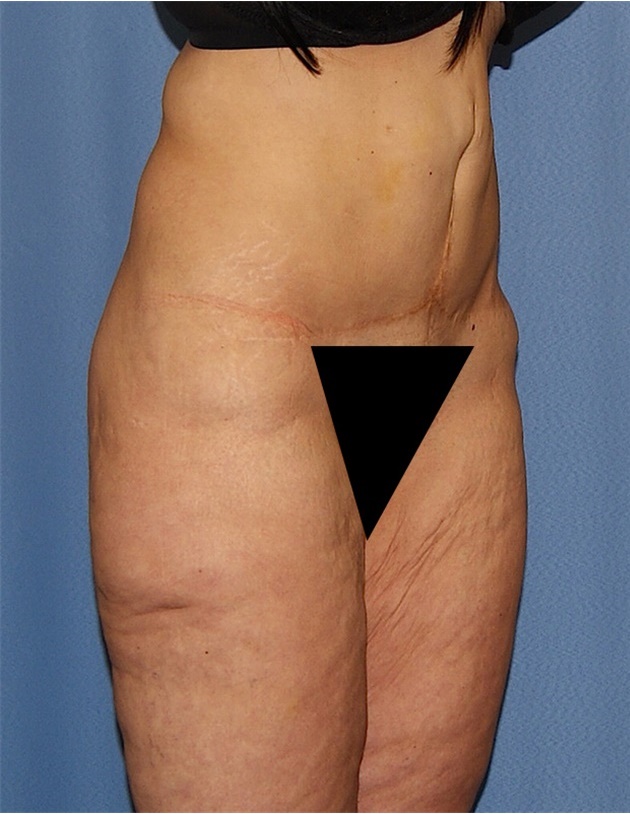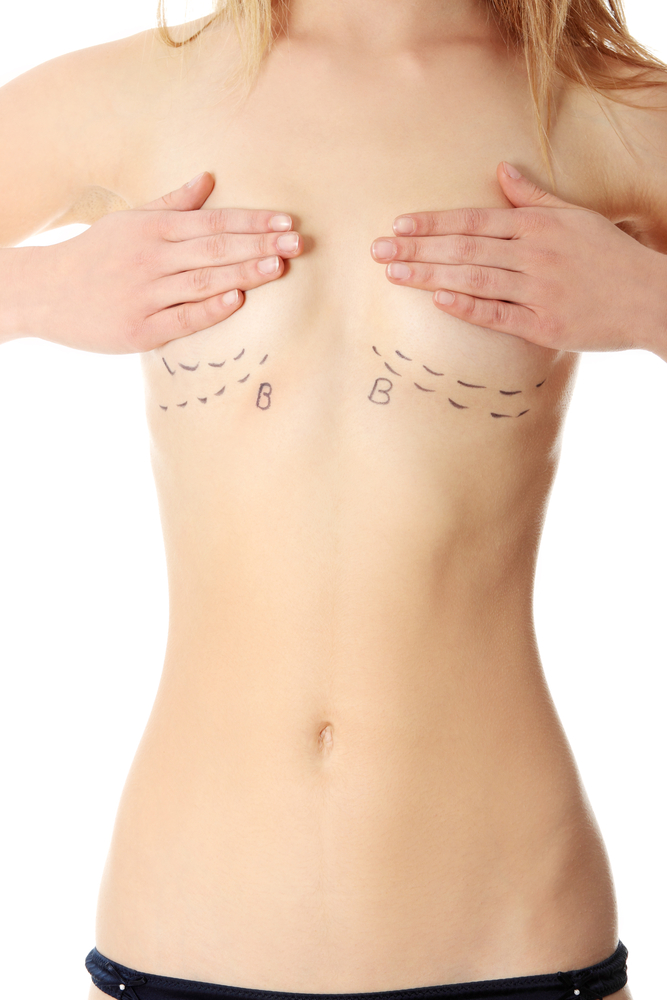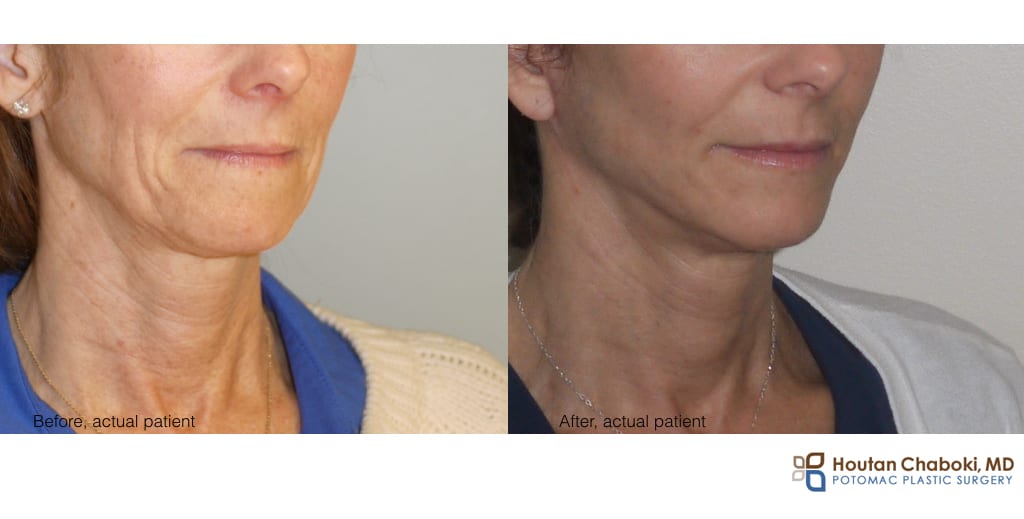
For three to four weeks after surgery, you will experience some chest muscle spasms. These will occur as the implant is adjusted to your pectoral muscles. These spasms will eventually lessen, though they may be more frequent during the first 6 months. In the following months, you will begin to feel more comfortable using the implant. You may feel sore and less breastfullness after this procedure.
Symptoms
The recovery process is not without its complications. But every woman will experience a different set. Breasts may look inflated and discolored in the first few days following surgery. They may also appear higher than normal on the chest. These symptoms can require extra time to heal. These symptoms may indicate an infection if you experience pain or discoloration following a breast augmentation.
Muscle soreness or swelling can persist for up to five days after breast augmentation surgery. The pectoralis muscle connects to the humorous area of the chest, so you may experience chest soreness while moving your arm. You may feel a burning sensation near the incisions for a few days. This should fade with time. Most activities can be resumed within the first few days. Heavy exercise will take longer.

Time to recover
Breast augmentation recovery times can vary from patient to patient. However, they are not always the same. The most difficult days will likely be the first couple of weeks. You can stay positive and remind yourself of why you have chosen to have this procedure. It is possible to work with several medical professionals. Your surgeon is here to support you every step. You're getting a brand new set of breasts.
After the surgery, your surgeon will instruct you on how to clean and maintain your breasts. Your surgeon will give you prescription pain relief and antibiotics to help keep the area clean. The first week will be very difficult. For the next few weeks, you'll have to wear support bras for 24 hours per day. This is why it's important to make arrangements for full time care and childcare for the days following your surgery.
Pain management
You should first understand the risks of breast augmentation. Breast augmentation can cause extreme pain. It's important to know how to manage it. Your surgeon should explain the risks of the procedure and how you can manage it. It is crucial to be informed and discuss the recovery period and timeline with your surgeon.
Your doctor will prescribe pain medication to help you recover. It is important that you follow the instructions for taking your prescribed medication. You can try to reduce the pain by using over-the-counter pain relief, ice packs and prescription medication. Your surgeon may recommend the lowest dose pain medication. To assess your progress, it is important to make an appointment to see your surgeon following breast augmentation.

Scar tissue
There are several methods of scar reduction after a breast augmentation surgery. There are many ways to reduce scar thickness, including silicone sheeting, bandages and gel. Cortisone cream can soften scar tissue and reduce their size if you are unhappy about the scars. A second option is to use pressure bandages for flattening scars. However, these techniques must be used consistently and may take many months to achieve results.
Following breast augmentation surgery, some patients may feel tightened in their skin. Scar tissue can cause tightness around an implant. This can happen if the implant is too solid or is not settling properly. Occasionally, the scar will be so tight that it begins near the incision site. If the tightness is noticeable and persists, it may be an indication of scar tissue development. To detect whether tightness is occurring after your breast augmentation surgery, you should try to feel the implant.